Regulatory Compliance and Standards
The Wood Protection Coating and Preservatives Market is increasingly influenced by regulatory compliance and standards aimed at ensuring product safety and environmental protection. Governments are implementing stricter regulations regarding the use of hazardous substances in coatings and preservatives, prompting manufacturers to adapt their formulations accordingly. Compliance with these regulations not only enhances product safety but also opens up new market opportunities for compliant products. The market is expected to see a shift towards products that meet these stringent standards, which could potentially lead to a growth rate of around 5% in the coming years. As manufacturers strive to meet regulatory requirements, innovation in product development is likely to accelerate, further shaping the market landscape.
Rising Awareness of Wood Preservation
The Wood Protection Coating and Preservatives Market is benefiting from an increase in awareness regarding the importance of wood preservation. Homeowners and builders are becoming more educated about the long-term benefits of using protective coatings and preservatives, which can significantly extend the lifespan of wooden structures. This awareness is leading to a greater willingness to invest in quality wood protection solutions. Market data suggests that the demand for wood preservatives is expected to rise by approximately 6% over the next few years, driven by this growing consciousness. As consumers prioritize durability and maintenance, the market for wood protection products is likely to expand, presenting opportunities for manufacturers to innovate and cater to these needs.
Increasing Demand for Eco-Friendly Solutions
The Wood Protection Coating and Preservatives Market is experiencing a notable shift towards eco-friendly products. Consumers are increasingly aware of environmental issues, leading to a rising demand for sustainable wood coatings and preservatives. This trend is driven by regulations aimed at reducing harmful chemicals in construction materials. As a result, manufacturers are innovating to create products that meet these environmental standards while maintaining performance. The market for eco-friendly wood coatings is projected to grow significantly, with estimates suggesting a compound annual growth rate of over 5% in the coming years. This shift not only reflects consumer preferences but also aligns with broader sustainability goals across various industries.
Growth in Construction and Renovation Activities
The Wood Protection Coating and Preservatives Market is closely linked to the construction and renovation sectors, which are currently witnessing robust growth. As urbanization continues to expand, the demand for residential and commercial buildings increases, thereby driving the need for effective wood protection solutions. In recent years, the construction industry has seen a surge in investments, with estimates indicating a growth rate of approximately 4% annually. This growth translates into a higher demand for wood coatings and preservatives that can enhance durability and aesthetic appeal. Consequently, manufacturers are focusing on developing advanced formulations that cater to the evolving needs of builders and contractors.
Technological Innovations in Coating Formulations
Technological advancements are playing a pivotal role in shaping the Wood Protection Coating and Preservatives Market. Innovations in coating formulations, such as the development of water-based and low-VOC products, are gaining traction among consumers and professionals alike. These advancements not only improve the performance of wood coatings but also address environmental concerns. The introduction of nanotechnology in coatings is enhancing durability and resistance to weathering, which is particularly appealing in outdoor applications. As a result, the market is witnessing a shift towards high-performance coatings that offer long-lasting protection while being environmentally friendly. This trend is expected to drive market growth as manufacturers continue to invest in research and development.


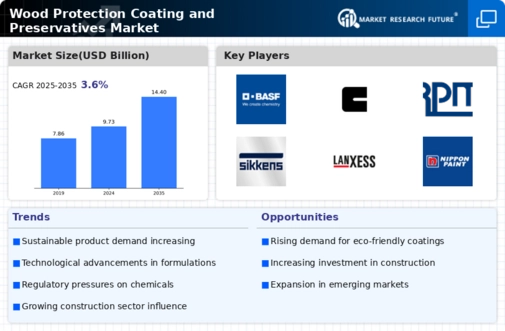
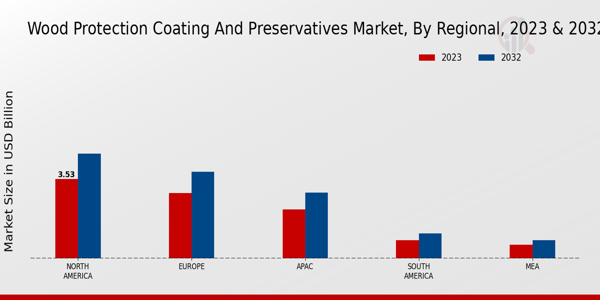
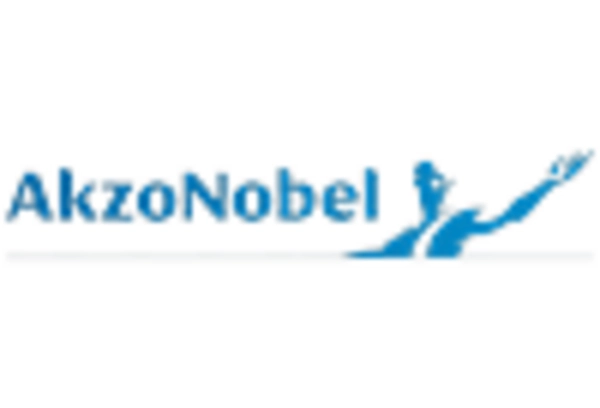

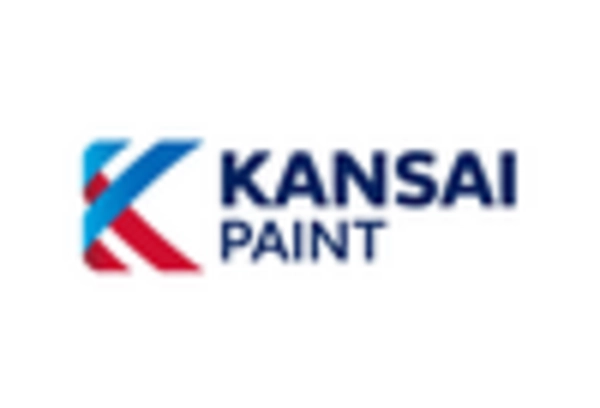

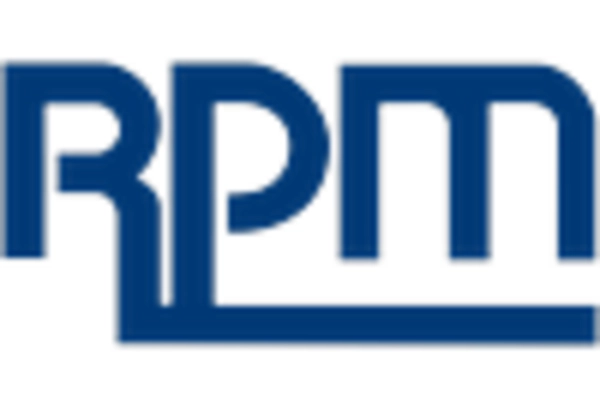









Leave a Comment